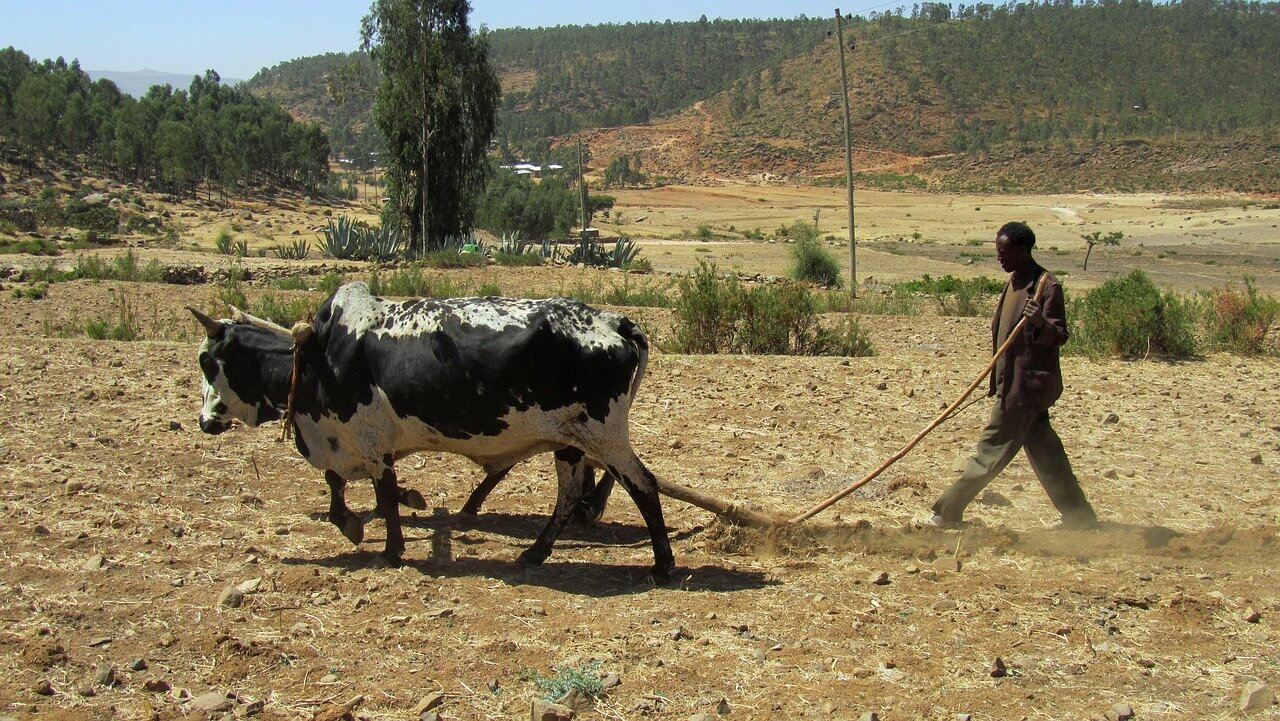When to visit Ethiopia during the year?
Ethiopia boasts a diverse climate that varies with altitude, making it a year-round destination. The most favorable time to visit is between October and March when the weather is dry and pleasant. During this period, popular attractions like Lalibela and the Simien Mountains see an increase in visitors. The rainy season from June to September can be wet, particularly in the highlands, but it's also the time for lush landscapes and fewer tourists. Each season highlights different cultural festivals such as Timkat in January, making it a vibrant time to experience local traditions.
How to get to Ethiopia?
Reaching Ethiopia is relatively straightforward, with several modes of transport available for international and domestic travelers. The country is well-connected by air, while buses and cars allow for exploration of its stunning landscapes.
- Main airport: Addis Ababa Bole International Airport (ADD).
- Major international routes: From Europe via Frankfurt (FRA), Asia via Dubai (DXB), North America via Washington D.C. (IAD), South America via São Paulo (GRU), and Africa via Nairobi (NBO).
- Low-cost airlines: Ethiopian Airlines often offers competitive prices.
- Flight time: Approximately 16 hours from New York City, 6 hours from London.
- Main stations: Meskel Square and Bondal.
- Major routes connect Addis Ababa to cities like Lalibela, Bahir Dar, and Gondar.
- There are currently plans for cross-border rail links, but domestic trains run between Addis Ababa and Djibouti.
- Key highways: Addis Ababa to Bahir Dar, Addis Ababa to Lalibela.
- Distances from major cities: About 900 km from Addis Ababa to Gondar, roughly a 12-hour drive.
- Road conditions: Varies; urban roads are generally good, while rural roads may be less maintained.
Tourist activities in Ethiopia
Ethiopia offers a plethora of activities catering to diverse interests, from historical explorations to breathtaking nature trails. Here are some highlights:
- Historical Sites: Discover the rock-hewn churches of Lalibela, a UNESCO World Heritage site renowned for its extraordinary architecture.
- Trekking: The Simien Mountains provide stunning hiking options, with the chance to see rare wildlife like the Gelada baboon.
- Cultural Experiences: Engage with the vibrant traditions of the Ethiopian tribes in the Omo Valley, especially during local festivals.
- Wildlife Safaris: Explore the rich biodiversity of Bale Mountains National Park, home to unique flora and fauna.
- Urban Exploration: Enjoy the coffee culture in Addis Ababa, visit the National Museum to see Lucy, one of the oldest hominid fossils, and delve into the country's art scene.
Accommodation in Ethiopia
Ethiopia offers a variety of accommodation options ranging from budget hostels to luxurious hotels. In urban areas like Addis Ababa and Lalibela, visitors can find hotels priced from $20 a night for budget options to over $200 for high-end experiences. In rural destinations, eco-lodges and guesthouses provide a closer connection to nature and local communities, typically ranging from $30 to $100 per night. Seasonal variations in price can occur; booking in advance during peak travel months is recommended. Unique lodging experiences include traditional huts in the countryside, providing a glimpse into the local culture.
Food in Ethiopia
Ethiopian cuisine is a delightful blend of spices and flavors, with injera, a sourdough flatbread, serving as the staple. Traditional dishes include doro wat (spicy chicken stew) and kitfo (minced raw beef). Meals are often communal, eaten with hands, making it a social experience. Popular drinks include teff beer and various teas. Street food is also common and affordable, with meals typically costing between $2 to $10. For a truly local experience, try a communal feast at a traditional restaurant in Addis Ababa.
Important numbers and information
- Emergency Services: Police - 991, Ambulance - 931, Fire Brigade - 922
- Embassy Contacts: U.S. Embassy in Addis Ababa, phone: +251 11 130 6000
- Main Airport: Addis Ababa Bole International Airport, Bole, Addis Ababa, Ethiopia
- Currency: Ethiopian Birr (ETB), Credit Cards widely accepted in urban areas
- Visa Regime: Visa required for most nationalities, obtainable on arrival or online.
What to see in Ethiopia?
Ethiopia is rich in history and natural beauty, offering numerous attractions for visitors. Key sites include:
- Lalibela: Famous for its rock-hewn churches that symbolize Christian heritage.
- Simien Mountains National Park: Ideal for trekking, showcasing dramatic landscapes and diverse wildlife.
- Gondar: Known for its castles and palaces, reflecting Ethiopia's royal history.
- Omo Valley: A cultural hub for visits to indigenous tribes and witness unique traditions.
- Bahir Dar: A picturesque city near Lake Tana, perfect for boat trips and exploring monasteries.
History, geography and climate
Ethiopia's rich history spans thousands of years, being one of the oldest nations with archaeological discoveries revealing human evolution, such as the famous Lucy. Its geography features diverse landscapes, from highlands to lowlands and the Great Rift Valley. The climate varies significantly: the highlands experience cooler temperatures, averaging 15°C in the dry season, while lowland areas can be quite hot, reaching up to 40°C. Rainfall is concentrated from June to September, influencing travel plans.
Population and culture
Ethiopia has a population of approximately 115 million people, making it the second-most populous country in Africa. The primary language is Amharic, but there are over 80 languages spoken across different regions. The country is predominantly Christian with a significant Muslim population, reflecting a diverse religious landscape. Festivals like Timkat and Meskel showcase vibrant traditions and community life, while unique practices such as the coffee ceremony represent the rich cultural tapestry. Ethiopia also has a number of distinctive national holidays that are celebrated with great enthusiasm throughout the country.








